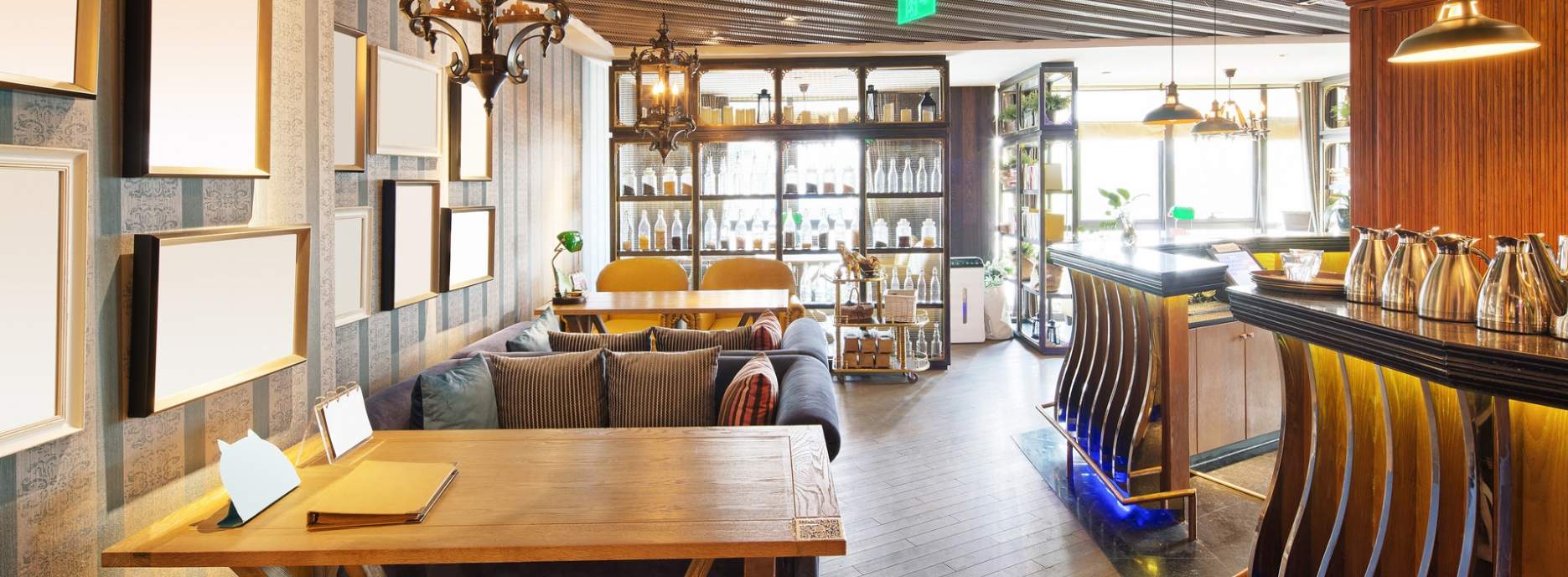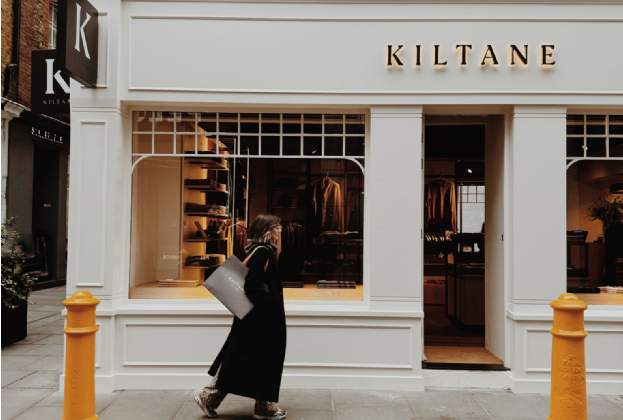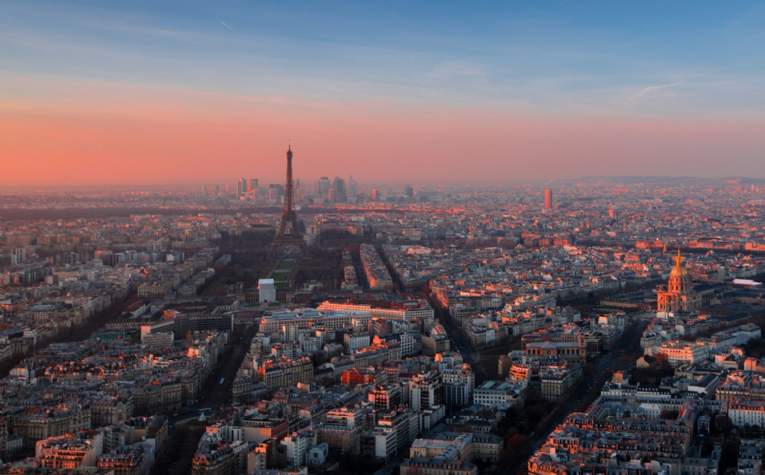Banks are instead opting for shared spaces and temporary locations in line with an increased focus on online and mobile banking, resulting in the sector taking stock of the amount of physical space it needs.
We have analysed unique data from 2014 and 2023 to see what’s become of our banks over the last decade.
The years following the 2008 Global Financial Crisis saw several notable banks and building societies collapse, and store closures due to mergers and cost cutting measures. By 2014, the banking sector had already shrunk from 13,600 high street locations to 11,200, with a vacancy rate of 17.5%. However, the most significant change to retail banking would happen over the following years.
By 2024, there’s been a net decline of almost 50% in bank units, due to the addition of 565 new sites that opened or relocated. Of the 2014 stock specifically, almost 5,100 units (43%) remained operational in 2023.
Banks have traditionally been in prominent town centre locations and historic buildings, where a vacant unit can have a negative impact on high street vitality, but a change of use has the potential to breathe new life into a community. If many units are no longer being used as a bank or building society, what are they now?
A significant proportion remain vacant (21%), but over a third (4,150) have been re-purposed to provide an alternative retail, leisure and service-led offering. While they are no longer banks, 31% have been repositioned within the financial or retail services sector largely due to planning restrictions. However, in 2020 planning became more flexible due to the introduction of the E-class designation and subsequently we’ve seen a significant proportion of units change to an entirely different use.
The food & beverage sector (F&B) has arguably benefited most, accounting for 900 units (22%). Over half of these banks are now cafés or bakeries, such as Costa, Café Nero and Gails, and a quarter are restaurants such as Cote, Kokoro and Franco Manca. In total we have tracked 650 different F&B brands, which shows it has also been an opportunity for independent businesses to take space in prominent locations that a few years ago would have been unaffordable.
Other new sectors include 650 comparison goods shops, such as Specsavers and Card Factory; 420 hair and health and beauty salons; and 200 fashion stores, such as Seasalt and Alpkit – all of which add a different value to consumers and communities in those locations.
It’s clear that the decline in physical bank branches continues to impact many UK high streets. While society is understandably concerned that their loss disproportionately affects some demographic groups, their low usage only serves to reduce high street vitality, not support it. Vibrant high streets need active retail frontages – that means people, all day every day. The conversion of an empty high street bank unit to a bakery, where customers queue out of the door, or a café with tables outside, or a hair salon or vets where people visit throughout the day, can be transformational to consumer and market perception, so long as appropriate banking facilities are still accessible elsewhere for those that need them
There remain too many vacant banks, but as more of these units repurpose into new retail and leisure spaces, in the long term there can be a positive outcome for the future of this real estate.
Further information
Contact Tom Whittington or Natasha Austerberry
Explore more retail articles here

.jpg)







.jpg)
